The Thomisus onustus spider ...
... was waiting in ambush on the structure made of tiny flowers ...
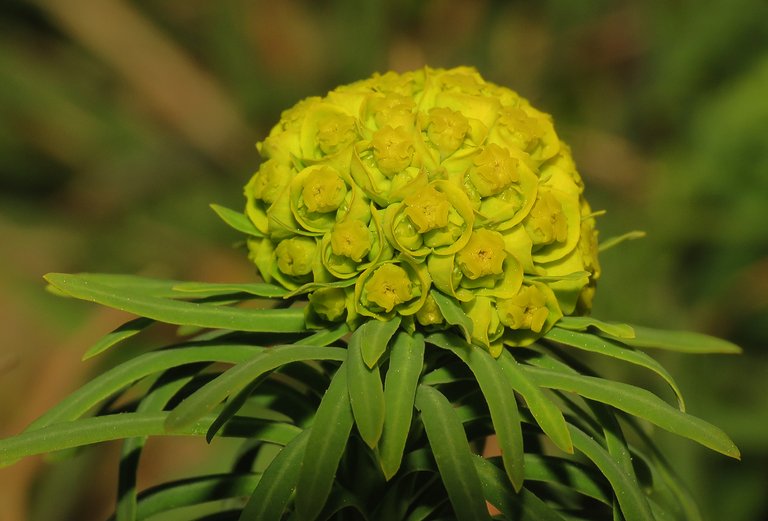
... on top of the Euphorbia cyparissias spurge.
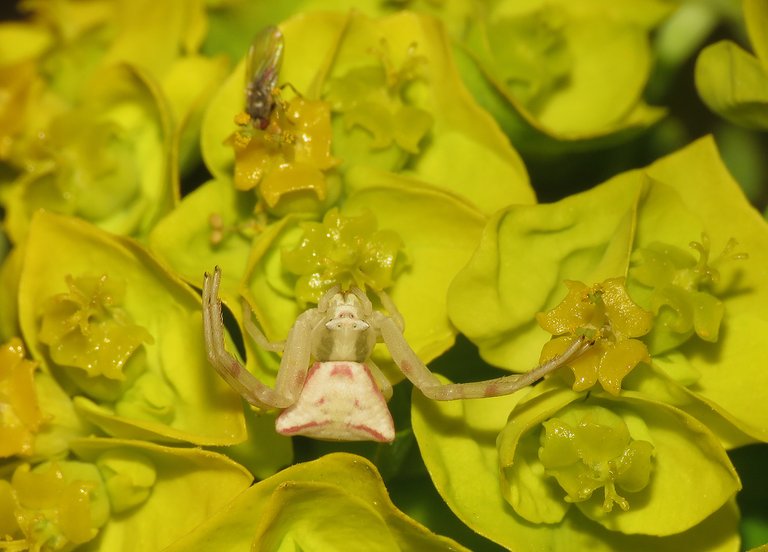
Crab spiders of this species come in a variety of colors, so it's easy to get confused into thinking that there is more than one colorful species scattered around the meadow. You can see some small fly, blurred in the upper part of the picture ... it's close to the spider, but not close enough ... and this time the fly flew away.
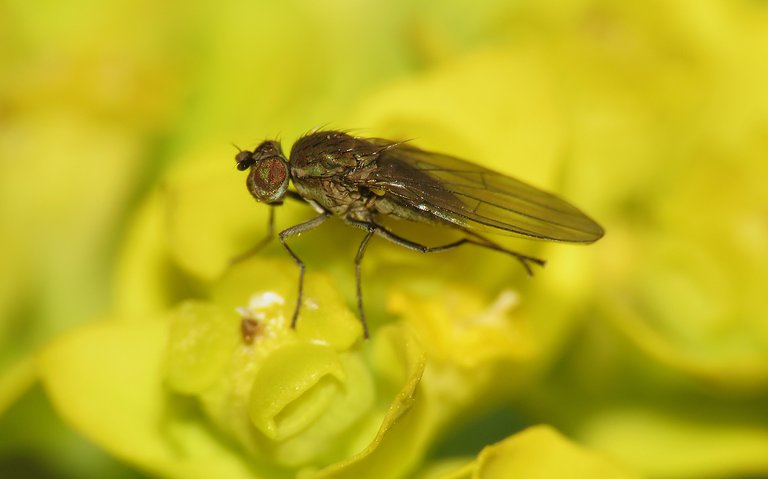
Many small and minuscule flies, of various species, come to feed on these flowers ... and I can't tell you this one's name ... not because it's a secret ... but because I don't know ... my long, extensive Internet search didn't bring a definitive conclusion.
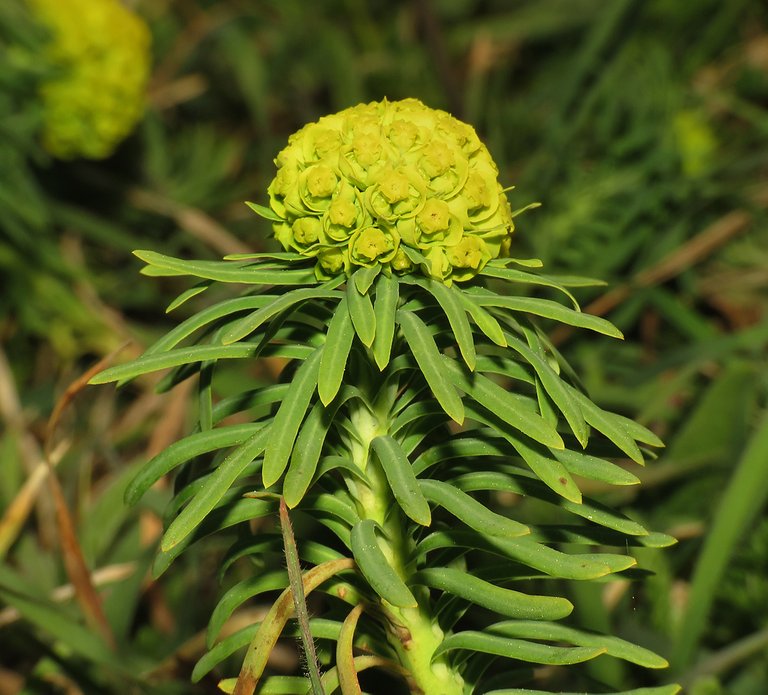
Euphorbia cyparissias is definitely an interestingly shaped plant ... especially at this stage of development, with the elegant yellow sphere on the top. If this were a tree - sized plant, it could be an impressive surreal element in the landscape.
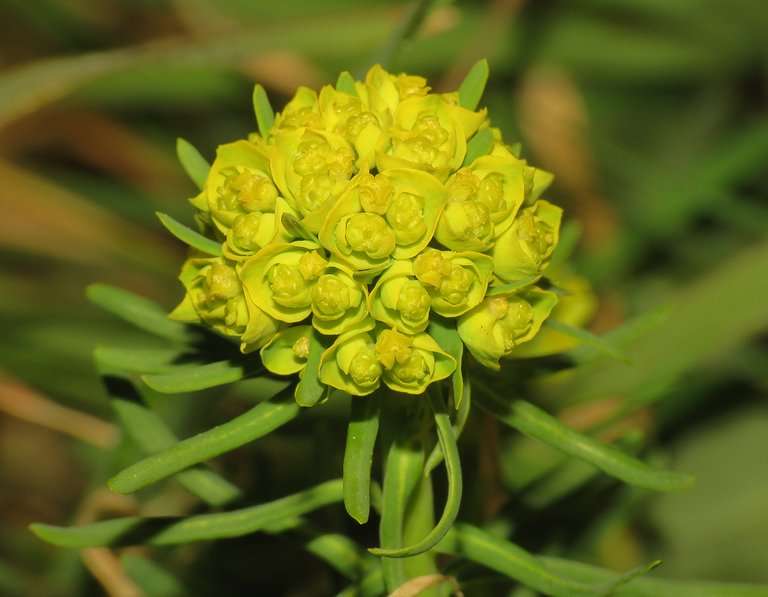
This is a portrait of another, smaller sphere ...
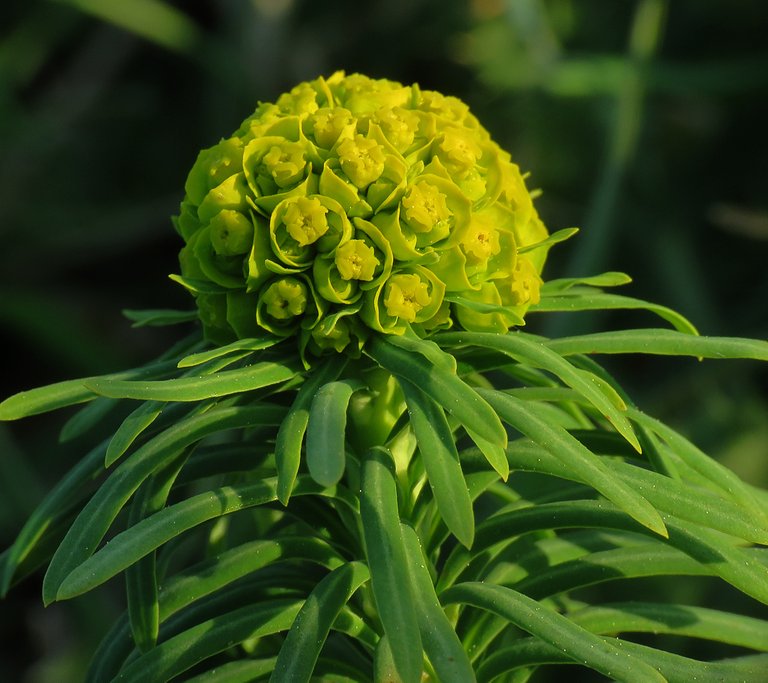
... and here, the flash was off, to show how the plant really looked in the beautiful morning light.
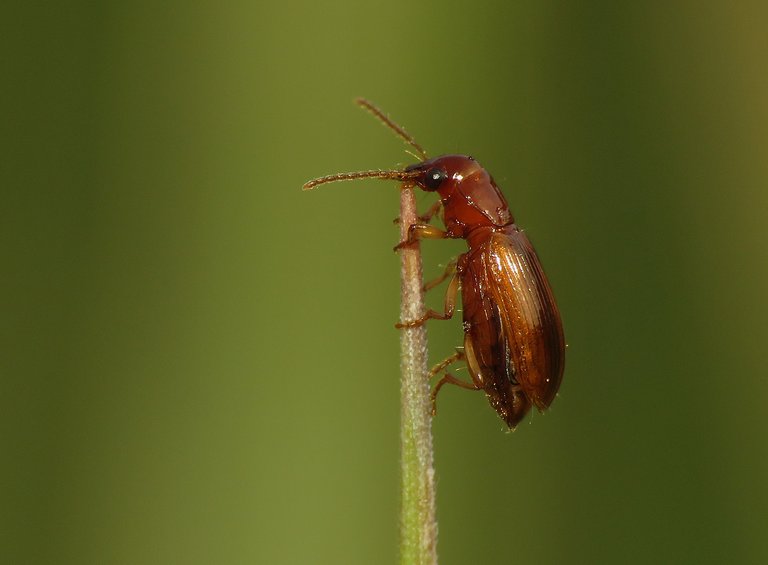
This small ground beetle ...
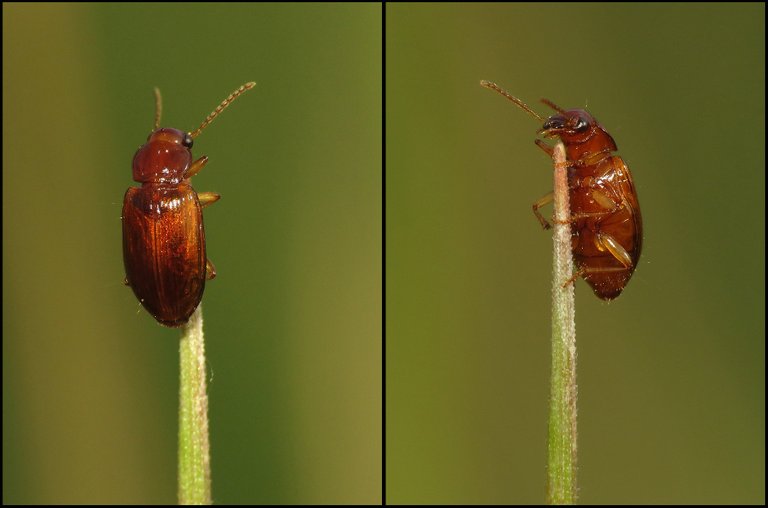
... probably the Dicheirotrichus obsoletus ... and certainly some species from the Genus Dicheirotrichus ... was observing the meadow from the top of some relatively tall grass ... after these shots ...
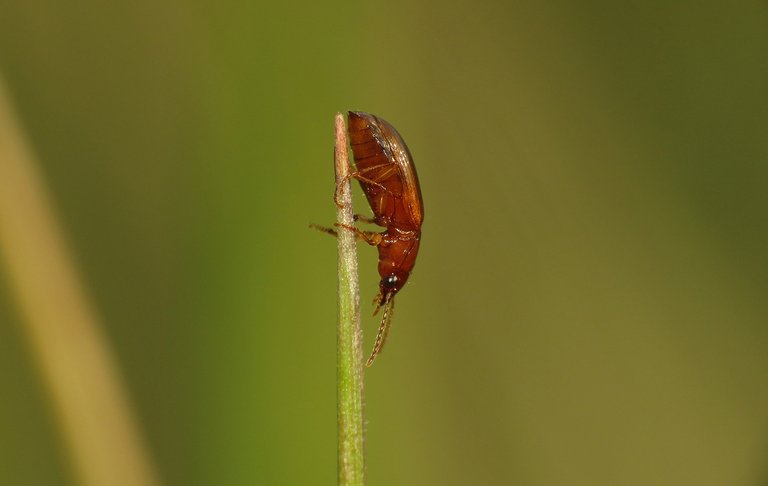
... the ground beetle decided to go down ...
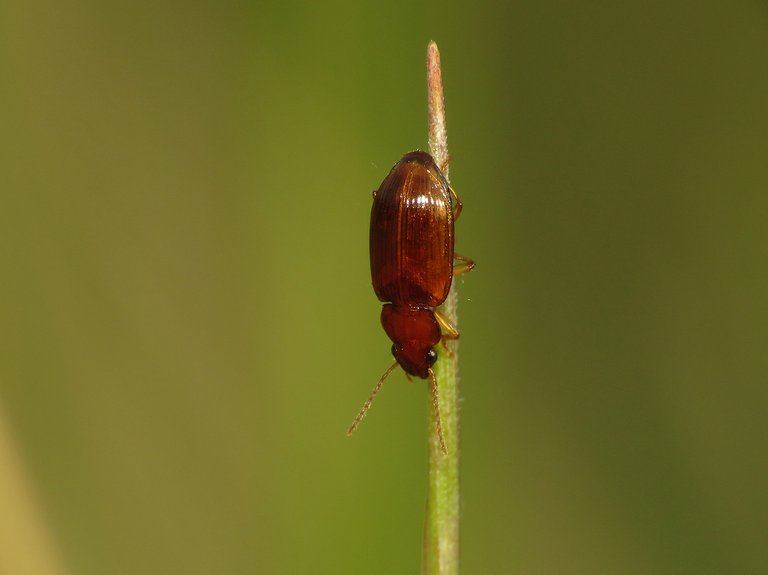
... back to the ground.
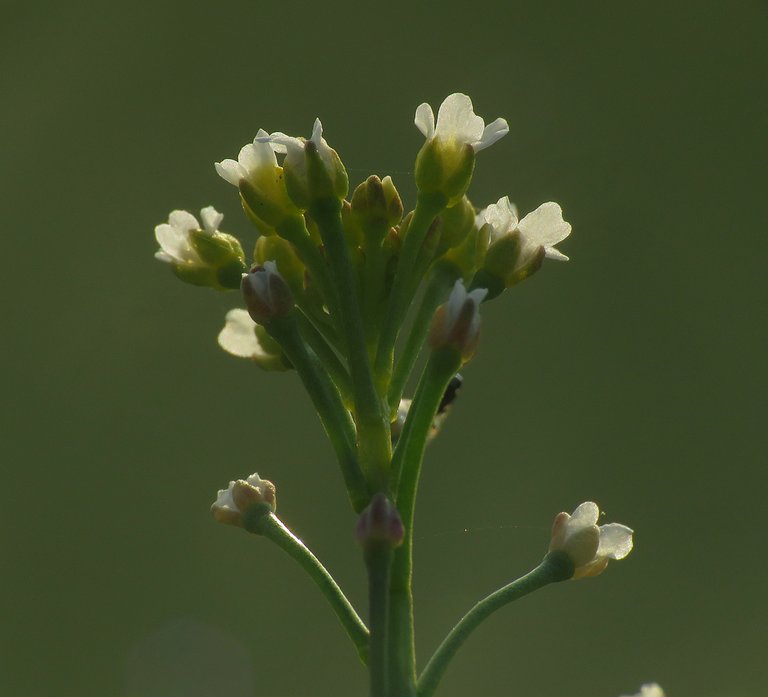
Arabidopsis thaliana plants were covering large parchments of the meadow ...
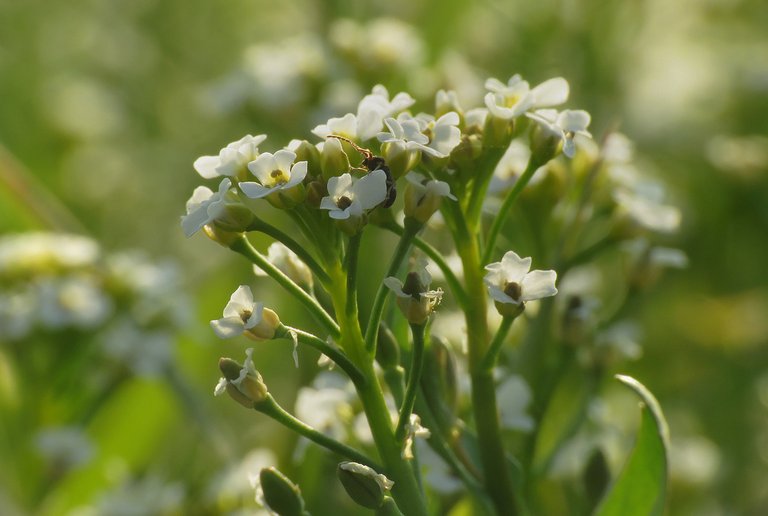
... and a multitude of minuscule white flowers ...
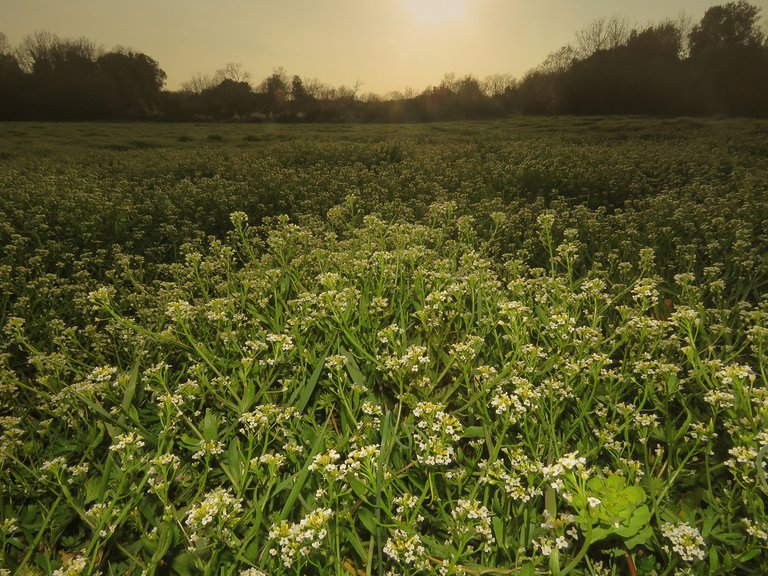
... created a beautiful, soft carpet under my feet.
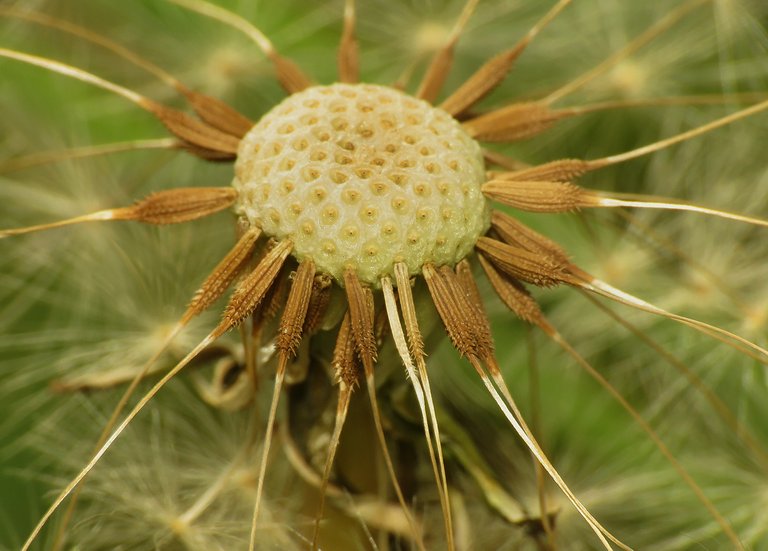
I photographed this dandelion that already gave some of its seeds to the wind ... and then ...
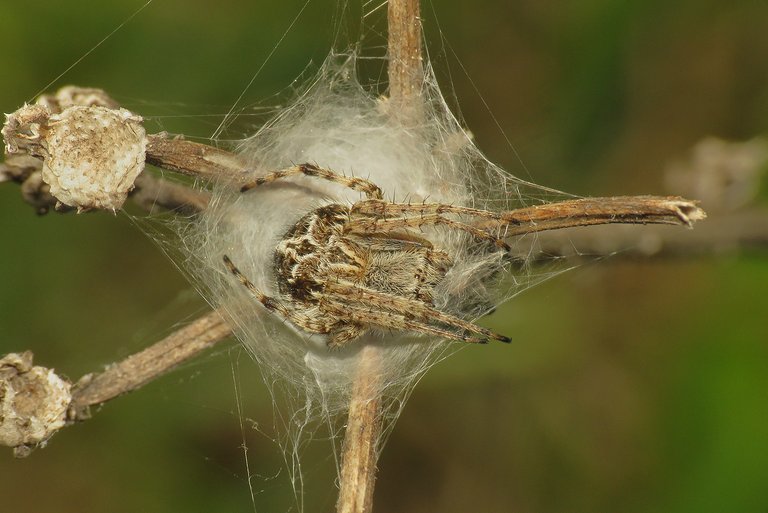
... I found the Agalenatea redii spider in his little nest ...
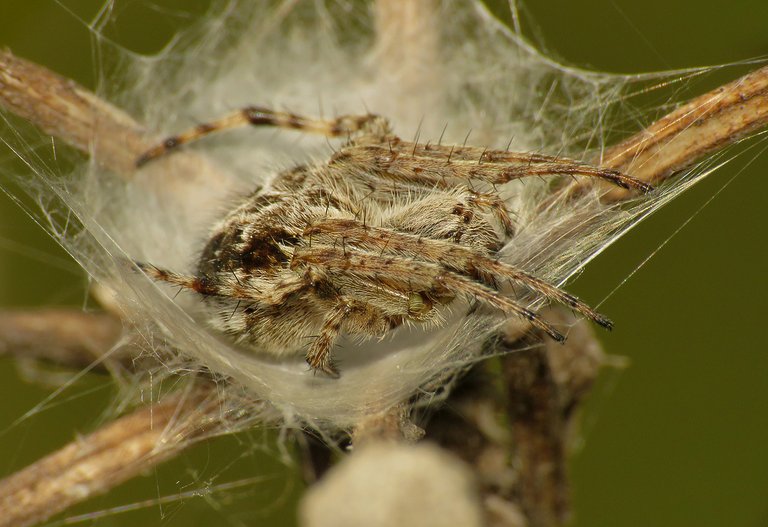
... although always well camouflaged on the dried out plants, in this case the spider is clearly visible in the shot ... but sometimes ...
... is pretty hard to tell where the heck the spider is on the photograph ...
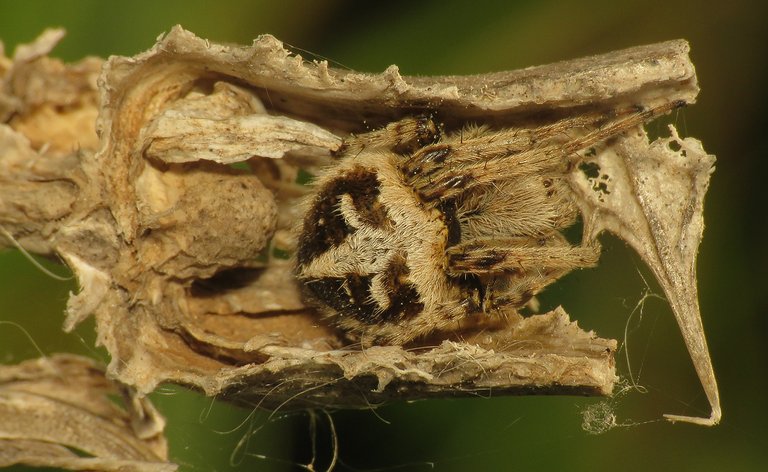
... this one is hiding crouched on the desiccated leaf of the Scolymus hispanicus thistle.
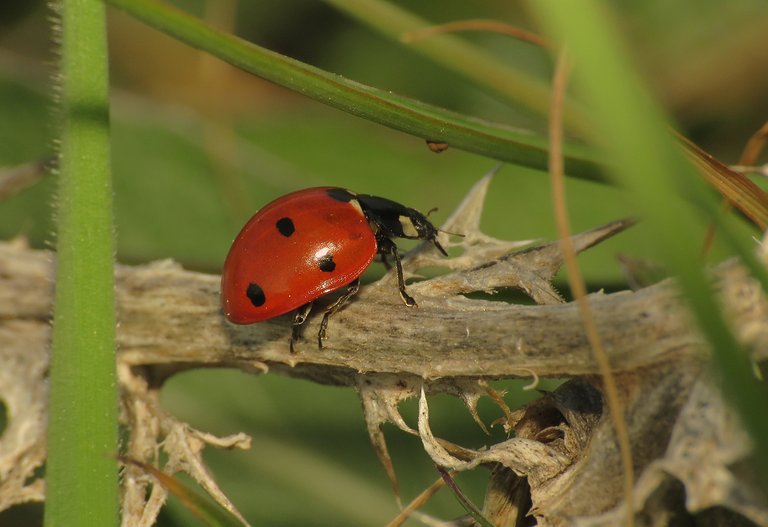
Many dried out fragments of these short - lived, mostly biennial plants are scattered across the meadow ...
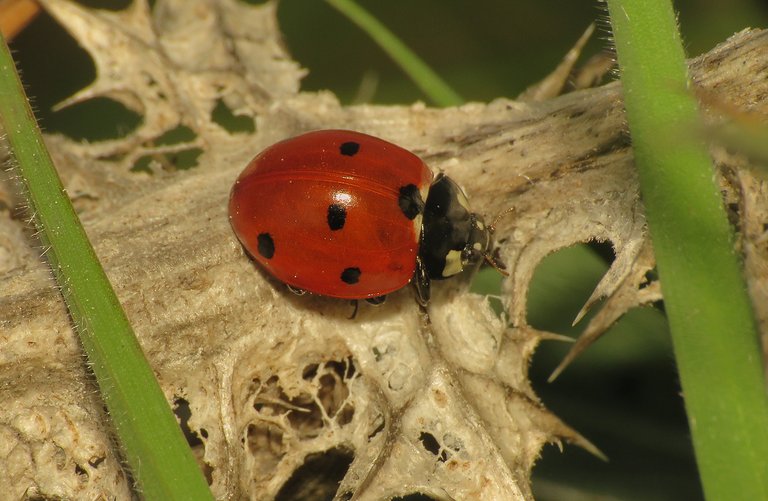
... and I caught this lady beetle crawling across one of those thorny pieces.
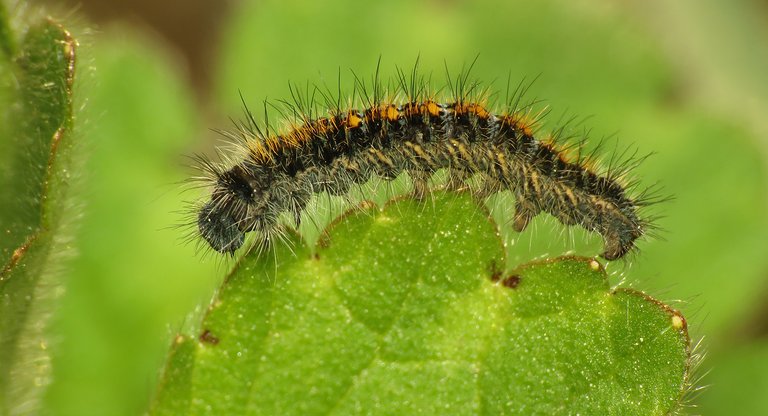
A few steps further I found this caterpillar ...
... I don't know the name of this species ...
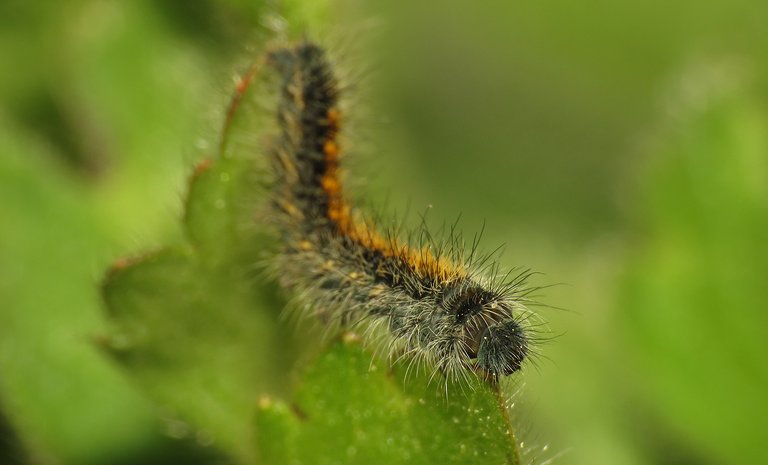
... but I can tell you that I didn't see any other caterpillar of that kind in the area, just this one.
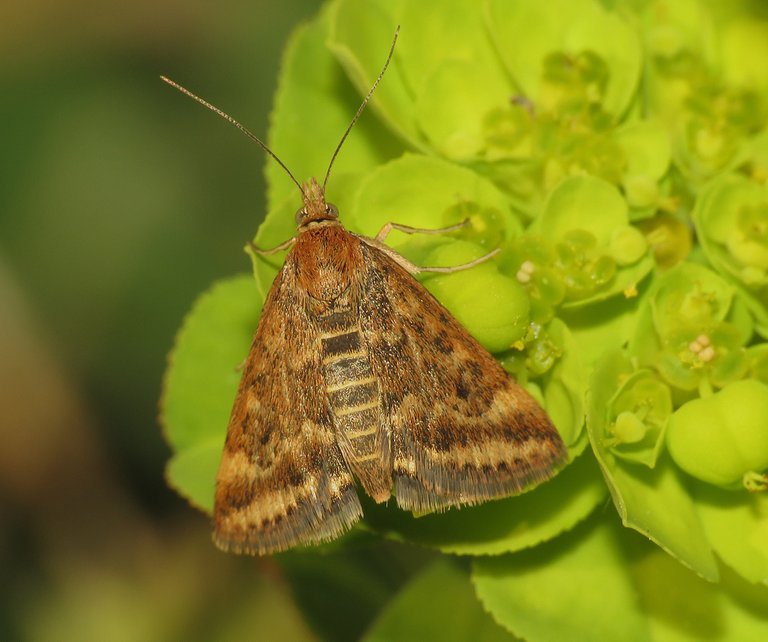
I photographed this little moth, the Pyrausta despicata, on the Euphorbia helioscopia plant ... and then, some time later, about a hundred meters from there ...
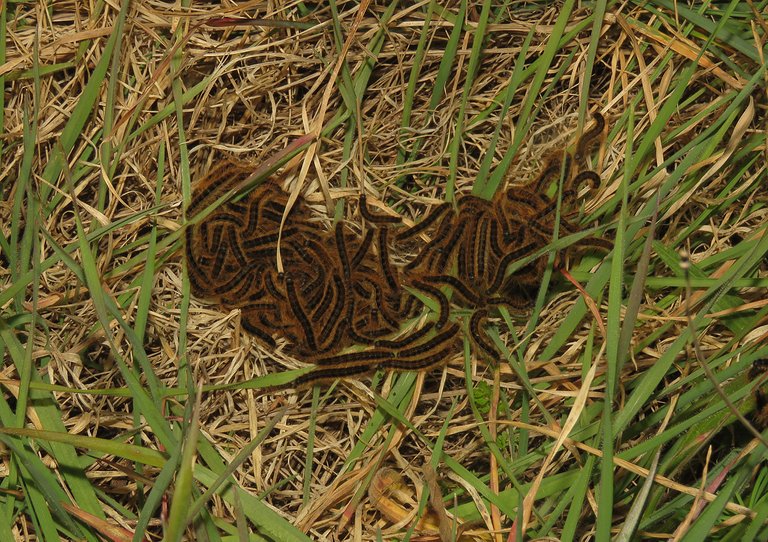
... I found this interesting shape in the grass ...
... formed by harry caterpillars ...
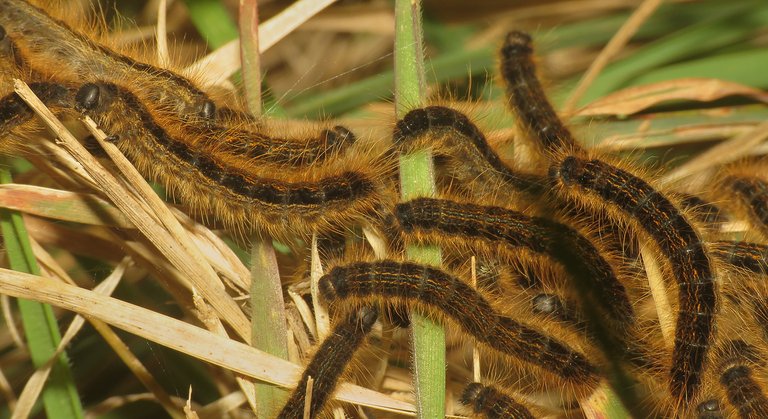
... of the Malacosoma castrense ...

... commonly known as the Ground lackey ... a moth species from the Lasiocampidae family.
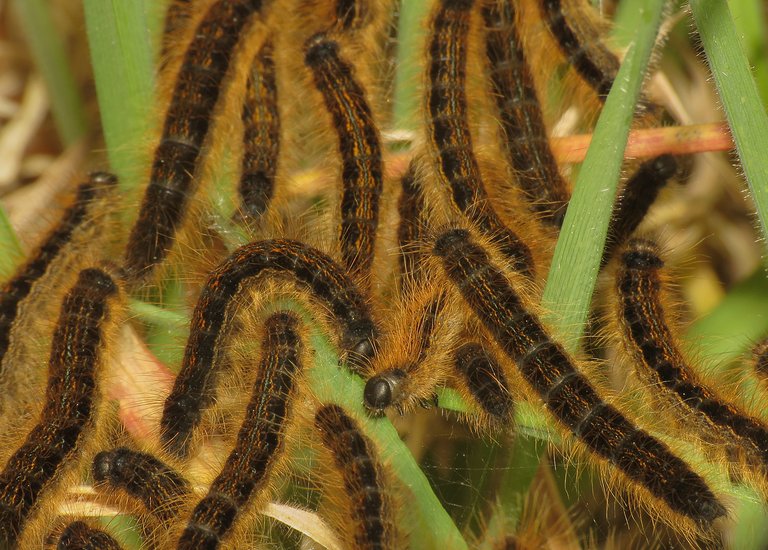
These caterpillars form large groups and, using their silky threads, build temporary communal tents above plants on which they feed ...
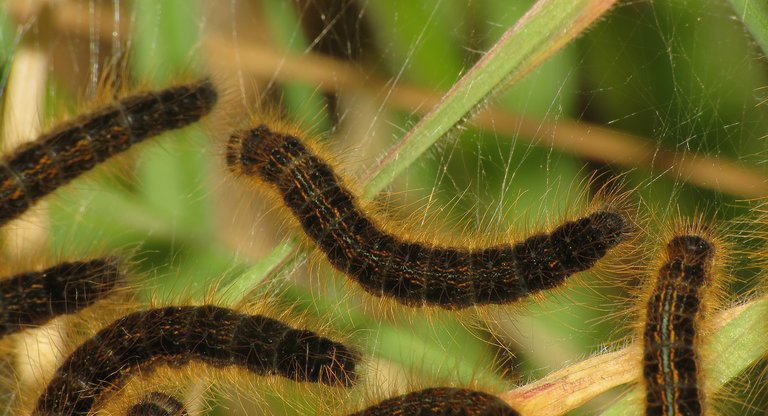
... on this, more up close shot, you can see a bit of that silk.
It looked like this swarm was just exploring the area when I arrived.
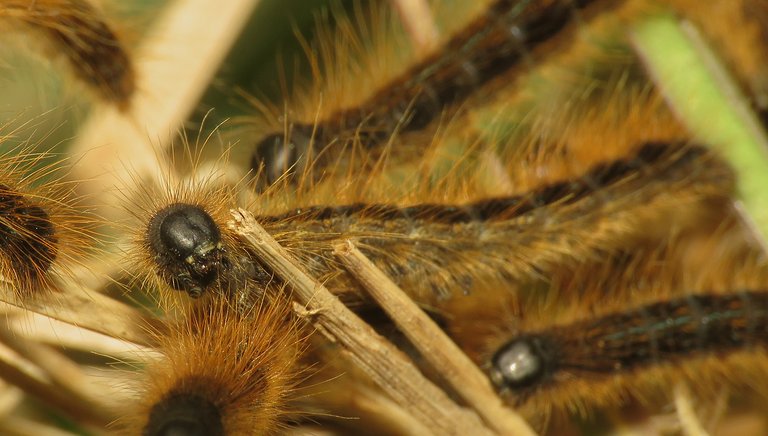
The Malacosoma castrense caterpillars feed on various shrubs and herbaceous plants such as heather and Euphorbia cyparissias spurge ... very common plants in this area.

I took a lot of photographs today ... because ...
... the swarm was always changing ... pulsating ...
... there was always something going on in front of the lens ...
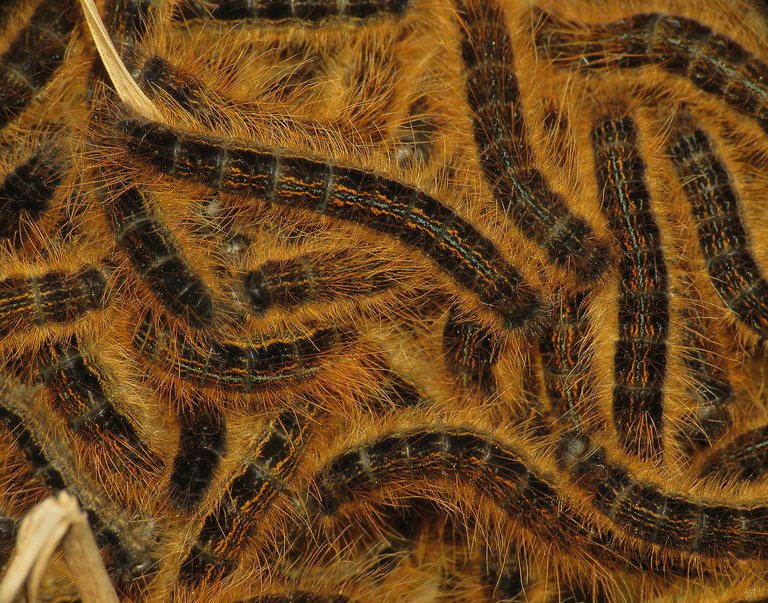
... and I liked the changing patterns formed by moving caterpillars. I used the flash for these photographs, because with the flash on the caterpillars stood out better against the confusing background, were more visible, and the photographs looked better in general ...
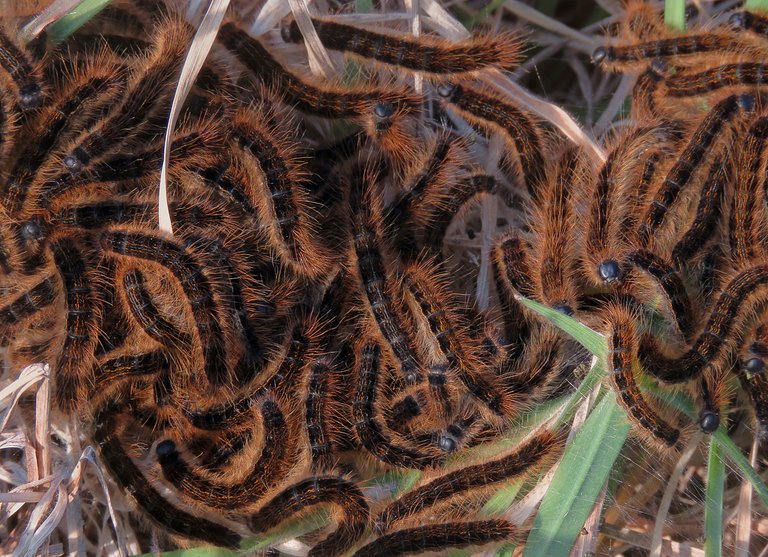
... but for this last shot of the series, I used only natural light, to show how it really looked through my eyes.
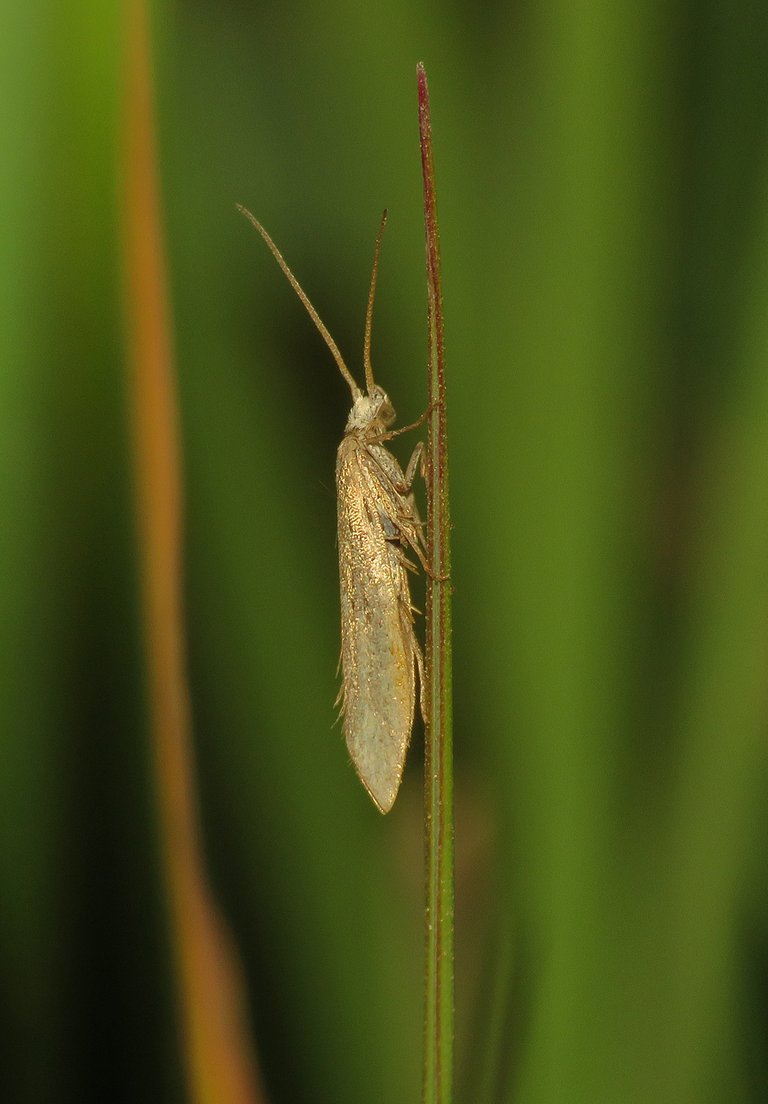
Very soon I encountered another moth, an adult this time ...
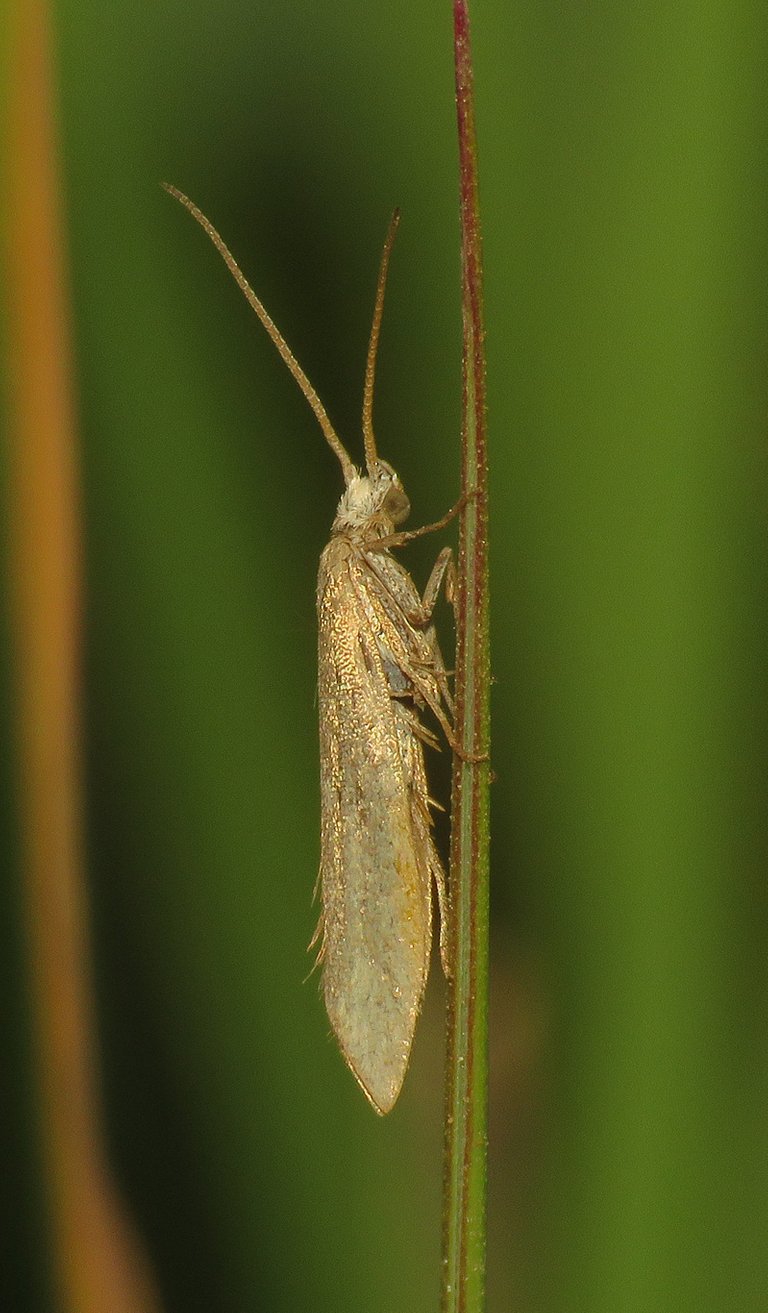
... but I can't tell you the name of this very small species.
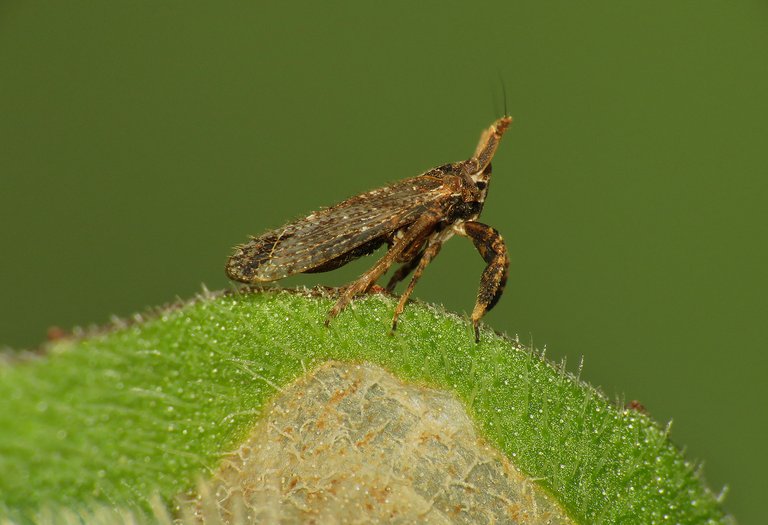
This strange and interesting creature ...
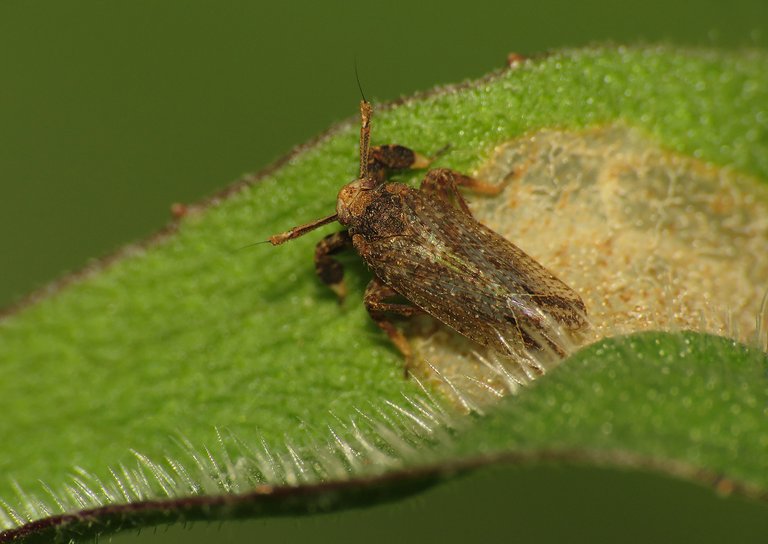
... it's a planthopper ...
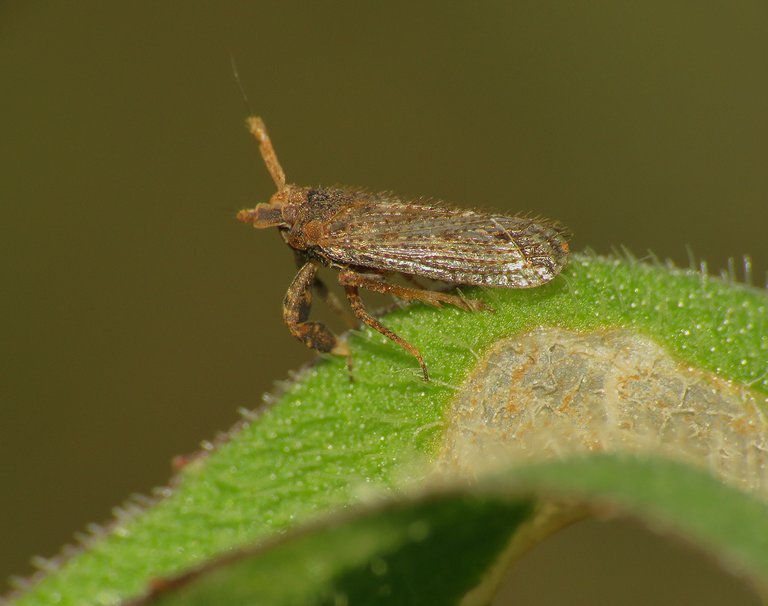
... the Asiraca clavicornis planthopper ... and now ...
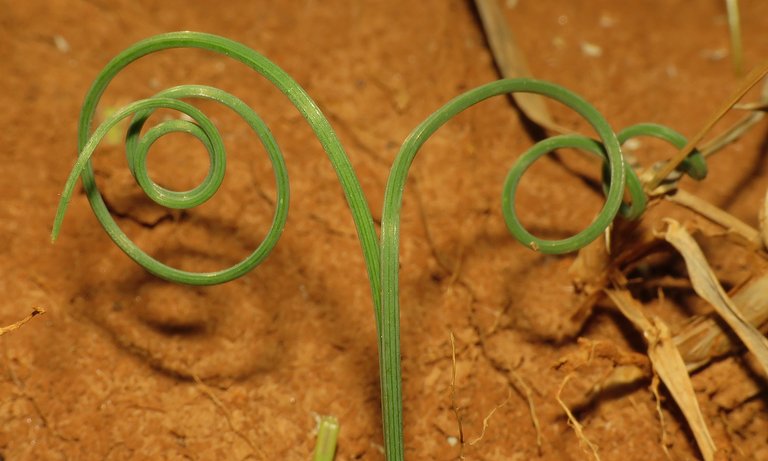
... with this elegant spiral sprout of some plant currently unknown to me ...
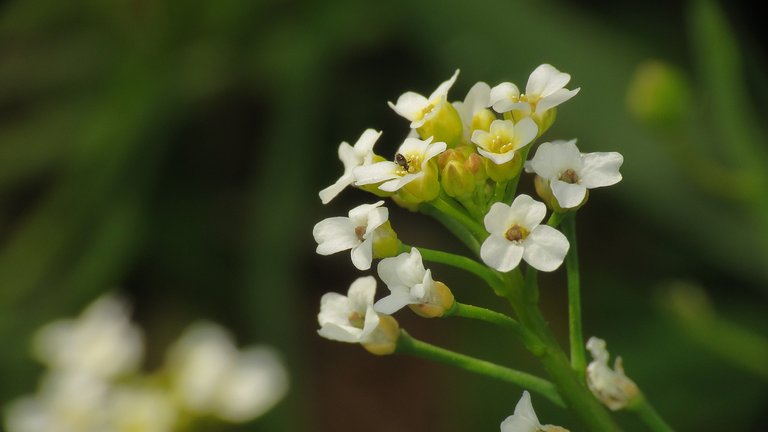
... and the last few shots of the Arabidopsis thaliana flowers ...
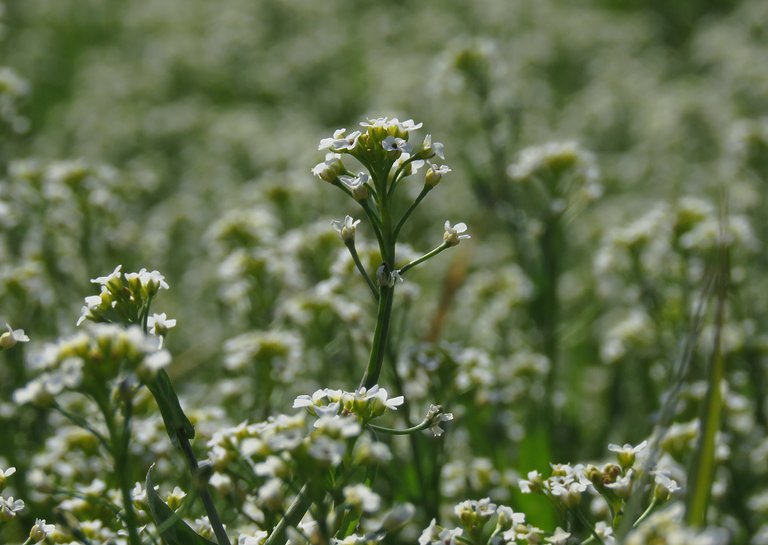
... as the light is changing ... and the sun is climbing ...
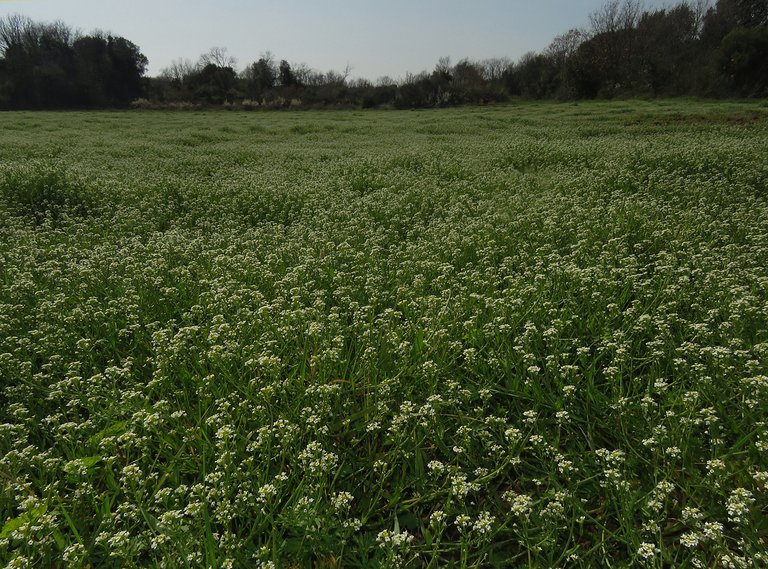
... above the meadow in bloom ... is time to end this post.
As always in these posts on HIVE, the photographs are my work ... and specifically for this post, all the photographs were taken today.
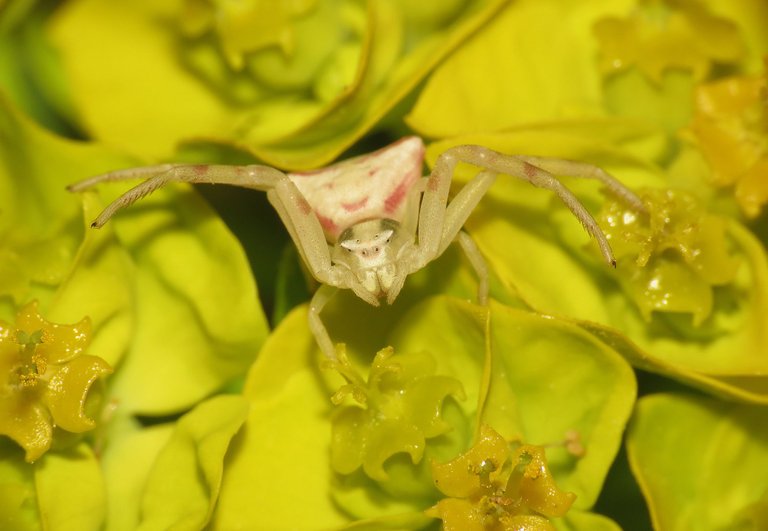
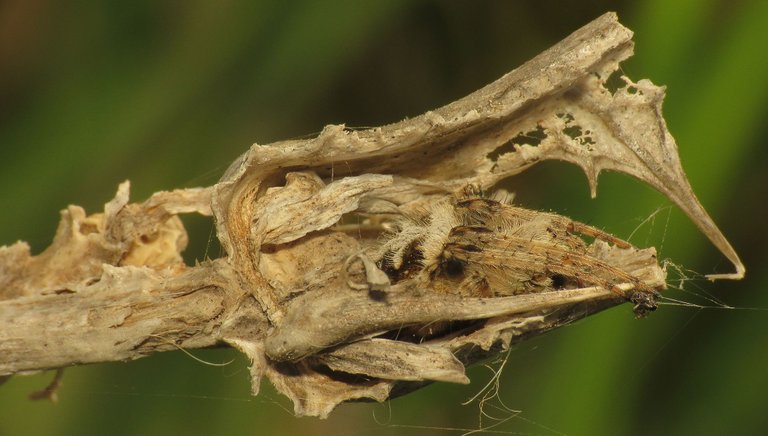
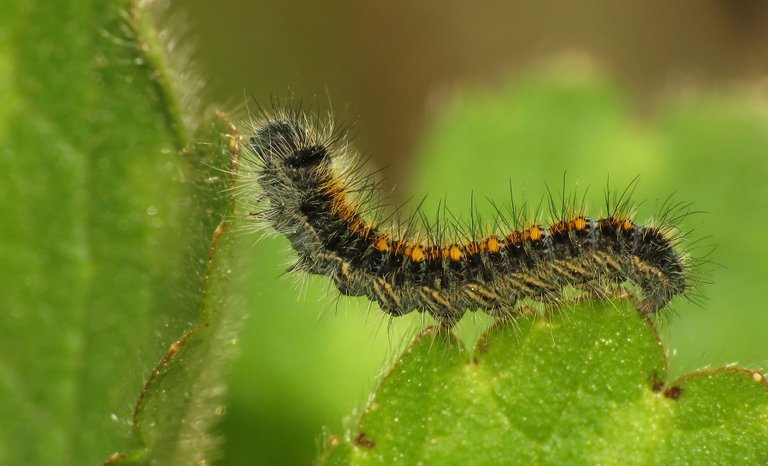
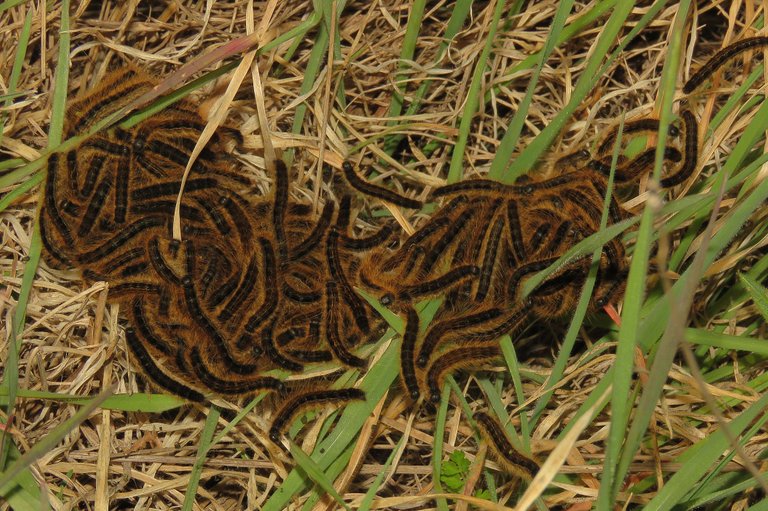

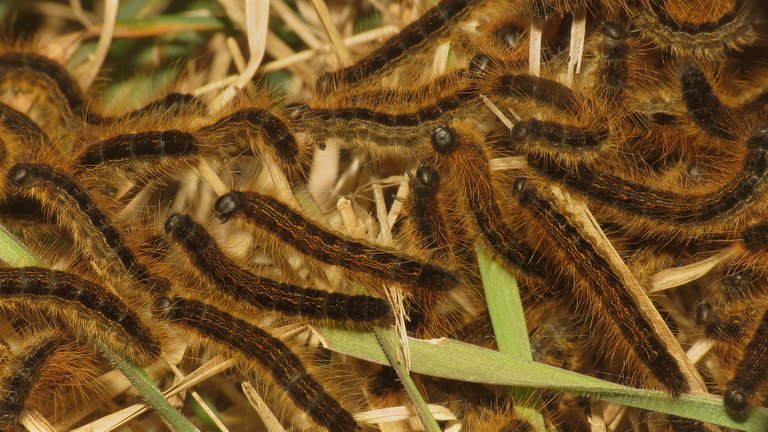
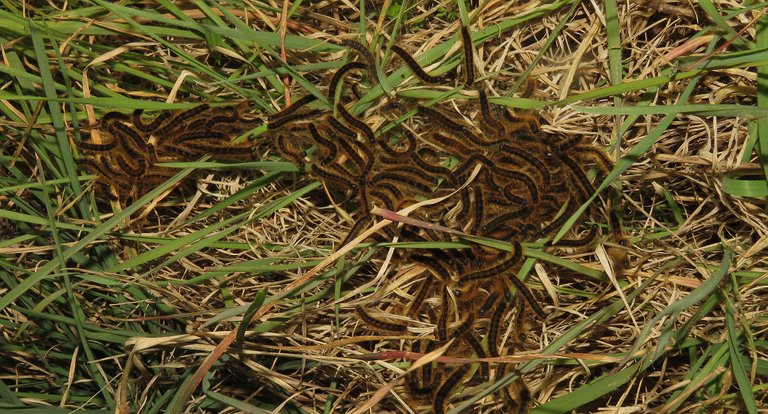
Congratulations @borjan! You received a personal badge!
You can view your badges on your board and compare yourself to others in the Ranking
Check out the last post from @hivebuzz:
Congratulations @borjan! You have completed the following achievement on the Hive blockchain and have been rewarded with new badge(s) :
You can view your badges on your board and compare yourself to others in the Ranking
If you no longer want to receive notifications, reply to this comment with the word
STOPTo support your work, I also upvoted your post!
Check out the last post from @hivebuzz:
We appreciate your work and your post has been manually curated by @nelinoeva on behalf of Amazing Nature Community. Keep up the good work!
Thank you :)
In the photos you appreciate every detail in a very real way, fascinating.
Thanks for sharing your photos.
Best regards, successHi @borjan, this news from the meadows is great. Congratulations
Thank you. :) Glad you like this report about flora & fauna in my area.
Awesome collection of flowers and insects great photography.
Thanks :)
some of these flowers and insect animals look very attractive and spectacular .....
very good and cool shot....
Thanks :)